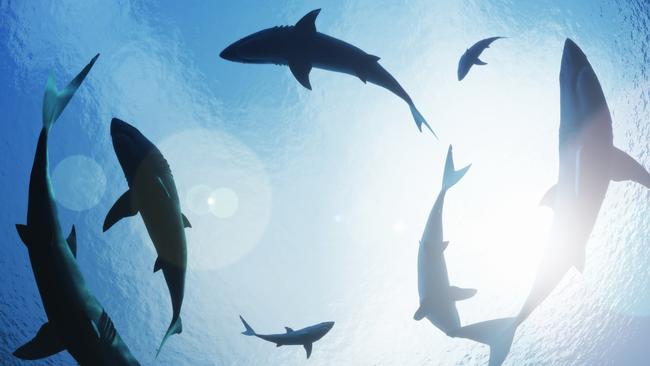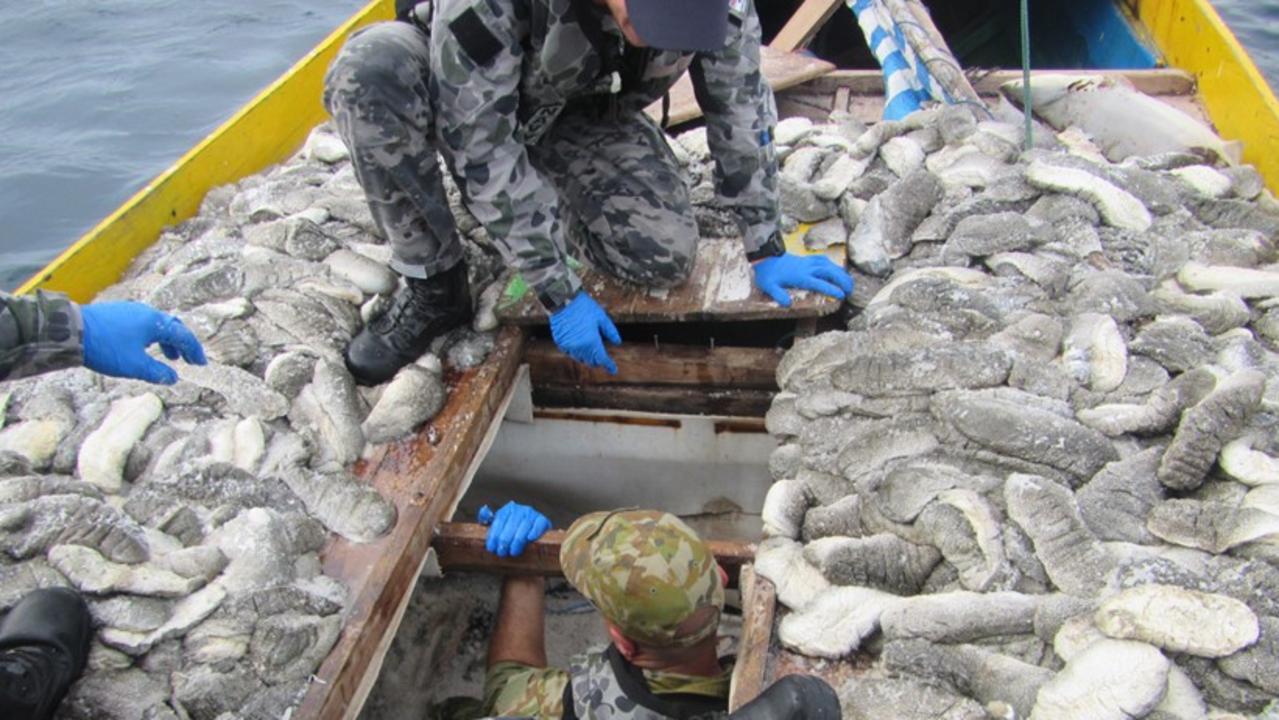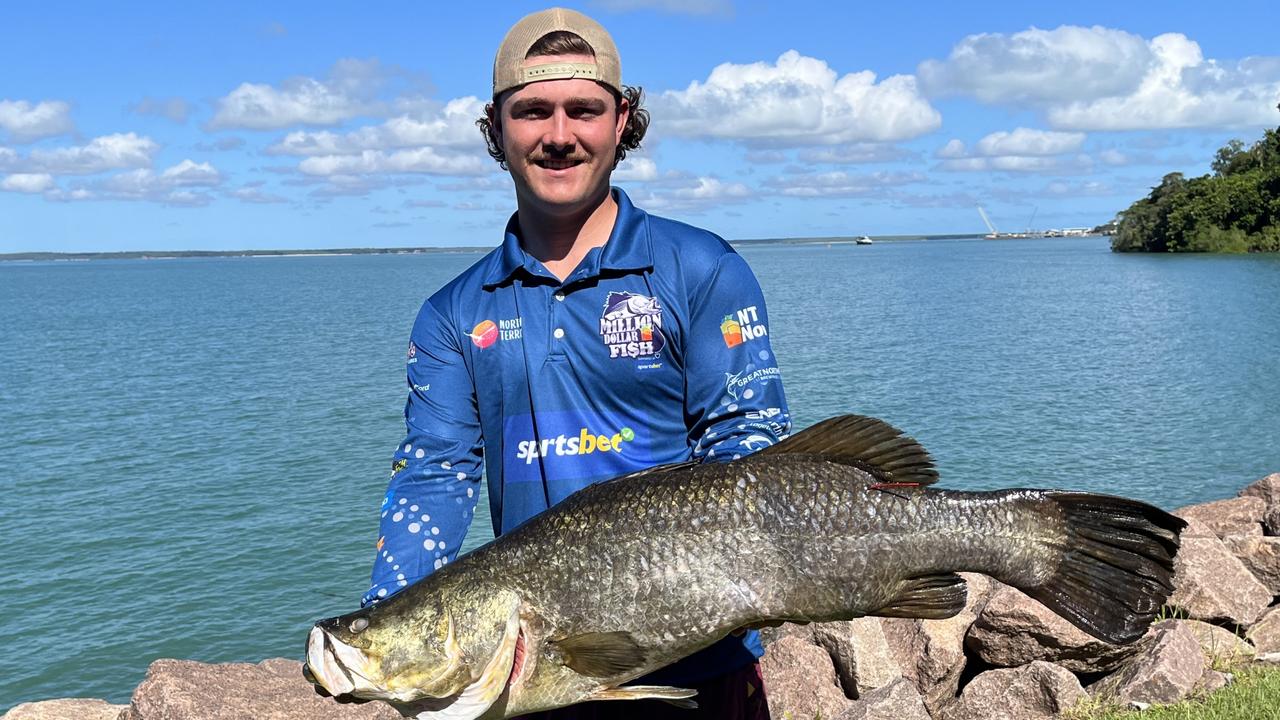Eavesdropping scientists counting on fish love
SCIENTISTS have unveiled a unique new method for counting stocks of threatened fish – eavesdropping on their love calls when the fish gather in massive mating throngs

Fishing
Don't miss out on the headlines from Fishing. Followed categories will be added to My News.
SCIENTISTS have unveiled a unique new method for counting stocks of threatened fish – eavesdropping on their love calls when the fish gather in massive mating throngs.
Using underwater microphones and mathematical models, researchers from the US and Mexico were able to estimate population numbers for the Gulf corvina, a popular eating fish from Mexico’s Gulf of California.
About two million corvina gather every spring for a frenzied breeding session in a shallow estuary of the Colorado River Delta – bringing the entire adult population to an area less than one percent of its usual home range.
When the males start calling to attract mates, the sound is “deafening”, said researchers from the University of Texas Marine Science Institute.
At about 192 decibels, the sound could damage human eardrums on land. “It’s louder than a rock concert,” study co-author Brad Erisman said in a statement issued by the UTMSI. “It’s louder than standing less than a metre from a chainsaw.”
Unfortunately for the corvinas, the calls announce their presence to fishermen who gather for a seasonal frenzy of their own: netting more than a million fish in about three weeks.
But now the sound may be used to save the fish, which are listed as “vulnerable” on the International Union for Conservation of Nature’s Red List of threatened species.
Though population numbers have been hard to determine, there is evidence that landed fish are getting smaller – a sign of overfishing, the researchers said, which happens when fish of a species are caught faster than they can reproduce. Accurate population numbers are essential for setting sustainable fishing limits.


